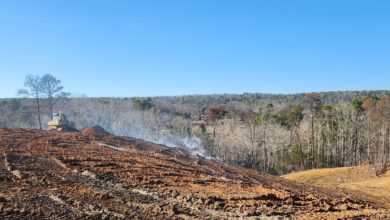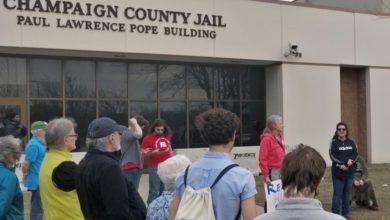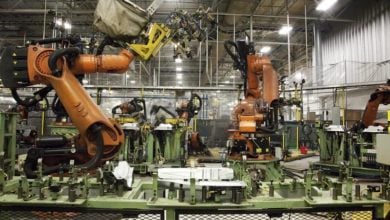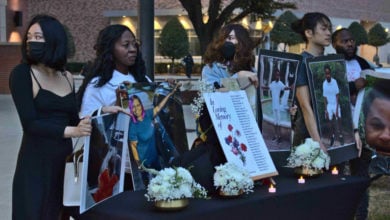Alabama is making one of the largest public expenditures in the state’s history—on building new prisons.
On Feb 1, Alabama Gov. Kay Ivey signed lease deals with one of the country’s largest private prison companies, CoreCivic. The company will be building two new prison facilities in Alabama’s Escambia and Elmore counties. The state of Alabama is leasing the two prisons for a 30-year term to CoreCivic, which will own and maintain the prisons. A third lease agreement for a new prison in Bibb county is still in negotiations with another company, BL Harbert. Construction is likely to begin in 2022.
The total cost for the three prisons is estimated to be around $3 billion dollars that will be paid for by the public. Ironically, the people of Alabama have been kept in the dark about the prison deals that they will be paying for. The negotiations between the Ivey administration and Alabama Department of Corrections commissioner Jeff Dunn, who has been mediating the deals, had been kept confidential.
The two new prisons combined would add more than 7,000 beds. The construction of new prisons is being presented by Alabama’s political leadership and ADOC as a solution to the state’s contemptible prison system. In recent years, Alabama’s state prisons for men have been investigated and sued by the Department of Justice for blatant violations of constitutional rights, specifically the eighth amendment that protects against cruel and unusual punishment.
Alabama’s prisons are notorious for their deplorable conditions. The DOJ’s investigation cited unsafe and unsanitary conditions, overcrowding, understaffing, excessive use of force on inmates, rampant violence, sexual abuse, corruption and more. Since the release of the initial report, the already brutal conditions have only worsened during the COVID-19 pandemic. New prisons are ADOC’s public relations retort in the light of the DOJ investigation.
The original lease plan also included replacing Alabama’s Julia Tutweiler prison for women, which has a reputation for its horrendous conditions. The plan to build a new women’s prison was removed in the final lease plan under the claim that conditions at Tutweiler have improved.
Prisons owned by private corporations are no better than those owned by the state. CoreCivic, the company that will be running the new prisons, is being sued by the ACLU in Arizona for making it impossible for those imprisoned to adhere to COVID-19 safety measures suggested by the Center for Disease Control, thus putting prisoners’ lives at risk.
That the existing conditions within Alabama’s prisons can be resolved through the building of new prisons is both deceptive and misleading. Old or new buildings, the problems in Alabama’s prisons will fundamentally persist so long as the economic system that requires mass incarceration remains in place.
Nationally, there is nearly a 700% growth in the prison population between 1972 and 2009. In line with national trends, since 1983, the prison population in Alabama has increased by 149%. In fact, Alabama’s incarceration rate stands out internationally. Alabama is among the top five states in the country with a higher incarceration rate than any country in the world, including that of the U.S. which leads the world in mass incarceration. Decline in the state’s rate in the previous decade can primarily be attributed to changes in parole and probation laws.
Racism under the guise of “law and order” is the basis for bias and discrimination within the criminal justice system, that has meant a disproportionate arrest, prosecution, and sentencing of the Black population. While Black people make up about 26% of Alabama’s population, they make up more than 55% of its total prison population. In Alabama, Black people are incarcerated at a rate of 2.8 times higher than the rate of white people.
Unbreakable cycles of poverty and unemployment that create the economic and social conditions for most crimes are permanent, intrinsic features of the capitalist system. The criminality of a system that funnels millions of working-class people into prisons cannot be understated. If ADOC or Governor Ivey had real concern for the rights of prisoners, money would be spent towards implementing concrete measures that would seriously reduce Alabama’s prison population.
Even before the COVID 19 crisis, nearly 1 out of five people in Alabama lived on an annual income less than $13,000. Alabama has been in a state of crisis with increasing poverty and run-down housing in rural areas, poor sewage infrastructure, counties without a single hospital, a crumbling public education and public health system due to neglect. Ivey should put $3 billion dollars towards making Alabamians’ lives better, and not towards justifying mass incarceration.






